Nishnawbe-Aski Legal Services Corporation’s Celina Reitberger and Thunder Bay Indian Friendship Centre’s Rosanna Hudson, Frances Wesley and Charlene Baglien participated in the Aboriginal People’s Court forum, held Feb. 19 at Ka-Na-Chi-Hih Specialized Solvent Abuse Treatment Centre in Thunder Bay. Photo by Rick Garrick.
The development of an Aboriginal People’s Court was the focus of a recent forum hosted by Nishnawbe-Aski Legal Services Corporation and Thunder Bay Indian Friendship Centre.
“It’s long overdue,” says Celina Reitberger, NALSC’s executive director. “We see from the room today that there is a will to have this done, and where there is a will, there is a way. I am pretty confident that we are going to move forward on this, and as I predicted, we are going to have a majority of Aboriginal courts in this area because we are the majority of the users.”
Frances Wesley, TBIFC’s urban judicial partnership coordinator, says Aboriginal people are “far over-represented in the courts.”
“We visit the courts quite often to have meetings with the judicial staff, and every courtroom is filled with Aboriginal people,” Wesley says. “We are over-represented in our federal prisons, and the current policies certainly have failed us tremendously.”
Wesley says it is time to explore alternative justice mechanisms jointly with the courts. Ontario’s first Aboriginal People’s Court, now named the Indigenous Persons Court, opened in Brantford in 2014.
“We need them, and they need us,” Wesley says.
Wesley says the Aboriginal People’s Court would be designed by Aboriginal people.
“It is a court that will be culturally appropriate,” Wesley says. “It will provide resolutions that will be respectful.”
Wesley says the Aboriginal People’s Court would also feature a restorative justice approach for sentencing that incorporates Aboriginal culture and traditions.
“We are certainly very excited about moving this initiative forward,” says Rosanna Hudson, TBIFC’s coordinator of justice services. “I do believe we have the support of the members of the judiciary and I believe this is going to happen. I think this Aboriginal People’s Court will save some people, people that need the right help or (need to) get directed in the right direction. They can move forward on their own healing path and decide how they want to do that.”
NALSC and TBIFC began working on the Aboriginal People’s Court initiative in March 2015.
“We are seeking your input and your leadership and your expertise in helping us to design and help advocate for the change that is needed in the courts and in this community,” says Charlene Baglien, TBIFC’s executive director.
Baglien says the two organizations are currently operating programs out of the new Thunder Bay Court House’s Aboriginal Conference Settlement Suite, including TBIFC’s Aboriginal Community Council Program and NALSC’s Talking Together program. The Aboriginal Conference Settlement Suite was the first built in Ontario; it was designed to provide First Nations, Inuit and Métis people with a stronger voice in the justice process.
“We want to know how the Aboriginal community, how our agencies can support an Aboriginal People’s Court, whether it be a Gladue court or some other form,” Baglien says. “We need to know from you, our partners, our sisters and our brothers, what kind of supports you can help us with so that we can see a court room that is responsive and takes into (consideration) our needs.”
The forum was held Feb. 19 at Ka-Na-Chi-Hih Specialized Solvent Abuse Treatment Centre in Thunder Bay.

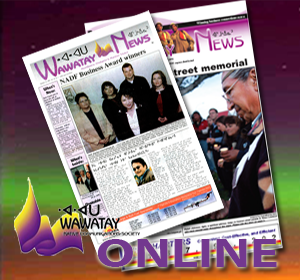





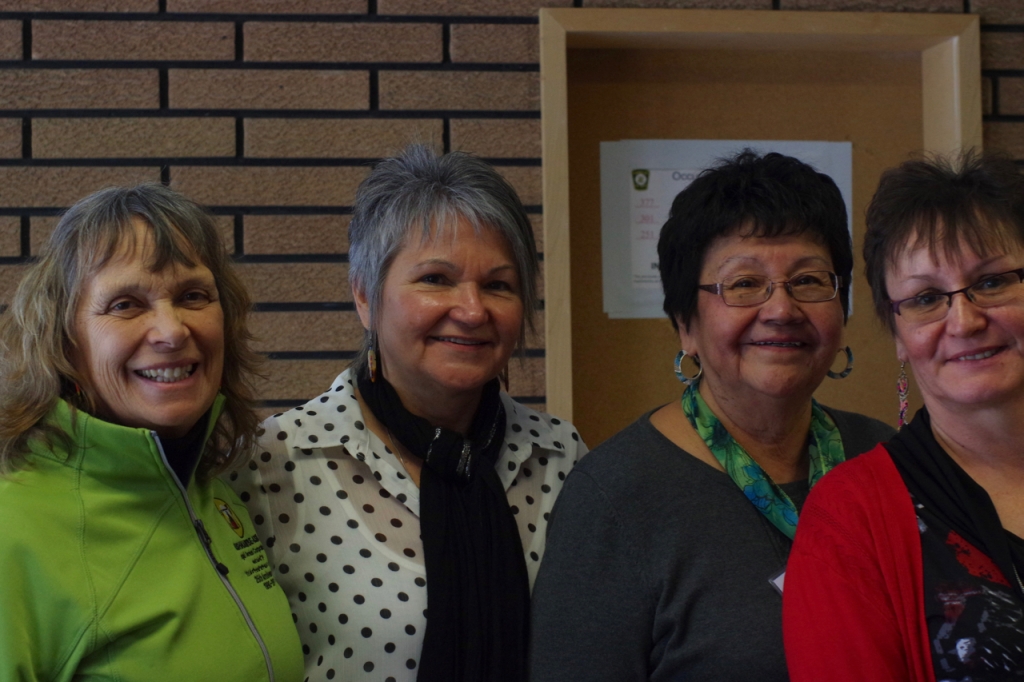
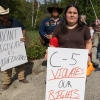
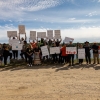
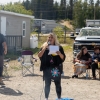
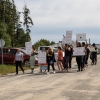







I am the product, evolution of many thousands of years as are you. I grew up on the land in the remote far north of Ontario following in the footsteps of my...
One of the most beautiful serene places I’ve ever visited was on the banks of the Opinagau River in northern Ontario, just near the corner of land where...